Since the beginning of this year, China has tightened inspections on 100% of imported durian batches, instead of randomly inspecting 10-20% as before. However, while Vietnam is still struggling to deal with technical warnings, Thailand has quickly responded to the request and received the "green light" from China, rising to the top in durian exports to the billion-people market.
In the first four months of the year, Vietnam exported about 35,000 tons of durian to China, earning about 120-130 million USD. In contrast, Thailand exported 71,000 tons, reaching 287 million USD, double the output and turnover of Vietnam.
According to the Thailand International Trade Promotion Agency, on April 28 and 29, 6 containers of Thai durian (96 tons, worth 4.2 million yuan) were transported for the first time to Vietnam for customs clearance at Long Bang border gate (Guangxi, China).
Long Bang is a land border gate, opposite the Trung Khanh border gate ( Cao Bang , Vietnam). Thai goods go by land through Vietnam to export to China via Long Bang because this is the closest route, saves costs and clears customs quickly, especially convenient for entering Southern China.
Accordingly, this border gate has opened a separate green lane, extended working hours and arranged staff on duty 24/7, helping to shorten customs clearance time for Thai goods. Long Bang is one of the five important border gates of Guangxi, specializing in importing agricultural products and has signed a decree to simplify fruit quarantine with Thailand since 2021. After this batch of durian, Long Bang became the 6th port in Guangxi to be allowed to import Thai fruit.
This success comes from Thailand's proactive response when China applied new standards on Cadmium residue and Basic Yellow 2 (BY2) - substances that can cause cancer. In January, the Thai Ministry of Agriculture and Cooperatives held an urgent meeting and issued a set of "4 no" criteria: no unripe durian, no worms, no fakes, no colorants and banned substances.
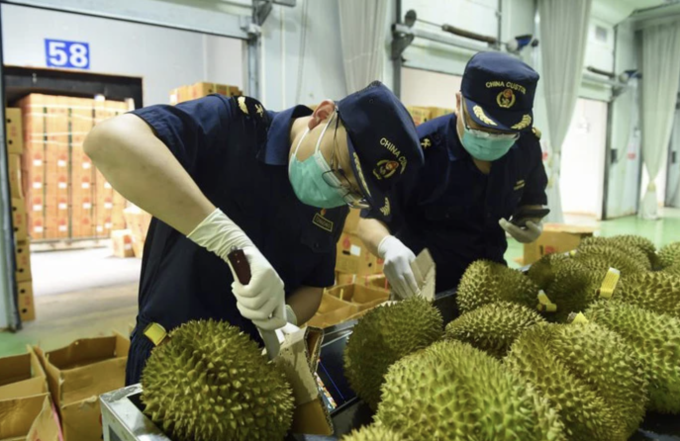
Thai packaging plants were also inspected and disinfected, with a special check for yellow O. Any facility that violated the law had its license revoked immediately. In addition, nearly 300 local inspection departments acted as technical "brokers", going directly to the gardens to confirm the quality before the garden owners were allowed to sell durian to traders. After that, the goods had to undergo a second inspection at a laboratory that met the standards of the General Administration of Customs of China (GACC) before being packaged.
In April, the Thai Ministry of Agriculture and Cooperatives said that China had recognized 10 Cadmium and BY2 testing centers as qualified, helping to speed up customs clearance and giving Thailand an advantage right at the peak harvest season.
Previously, in February, Thai Minister of Agriculture and Cooperatives, Ms. Narumon Pinyosinwat, accompanied the Prime Minister to visit China, directly promoting the opening of agricultural products, including durian. This is considered an important diplomatic step to create trust and official support from GACC.
Mr. Dang Phuc Nguyen - General Secretary of the Vietnam Fruit and Vegetable Association, said that every day, Thailand has about 500 containers of durian, equivalent to 10,000 tons, passing through the Chinese border gate with a very low rate of returned shipments. In contrast, Vietnamese durian is collected from many gardens, making it difficult to control chemical residues evenly, so it often encounters technical warnings and is temporarily suspended from customs clearance.
"Thailand controls very closely from the garden to the warehouse, so China is assured and opens the green channel. As for Vietnam, tracing to the packaging facility is not enough," said Mr. Nguyen.
Not only stopping at technology, Thailand also coordinated well between ministries and branches. When the Ministry of Agriculture and Cooperatives finished the technical negotiations, their Ministry of Commerce quickly organized fairs and online sales with Chinese stars, creating a strong consumer effect.
"Durian from Eastern Vietnam is about to enter season, followed by the Central Highlands. If we don't change, we will lose more market share to Thailand," Mr. Nguyen warned.
Based on the above reality, Minister of Agriculture and Environment Do Duc Duy requested units under the ministry to closely coordinate with China Customs to remove technical barriers that are hindering export flows. At the same time, he emphasized that accelerating the issuance of growing area codes, approving packaging facilities and laboratories serving exports is an urgent task. A separate plant quarantine process for durian will also be issued soon, serving as a basis for re-evaluating export potential in 2025 and adjusting the plan to be more in line with reality.
In the long term, the Minister requested to improve the law related to agricultural product export, with clearer regulations on growing area codes, packaging facilities, testing and appraisal. The Ministry also aims to standardize technical processes from production to export; restructure the durian industry towards sustainability, promote the development of deeply processed products such as frozen durian to increase value and reduce dependence on the fresh market.
To realize this orientation, the Ministry is implementing key tasks such as developing a circular guiding the issuance of codes for growing areas, packaging facilities and establishing a quality control and food safety program for exported durian. The Minister requested that specialized agencies accompany businesses and localities to enhance the value and gradually build the Vietnamese durian brand on the world agricultural map.
Source: https://baoquangninh.vn/vi-sao-trung-quoc-bat-den-xanh-cho-sau-rieng-thai-lan-3358106.html






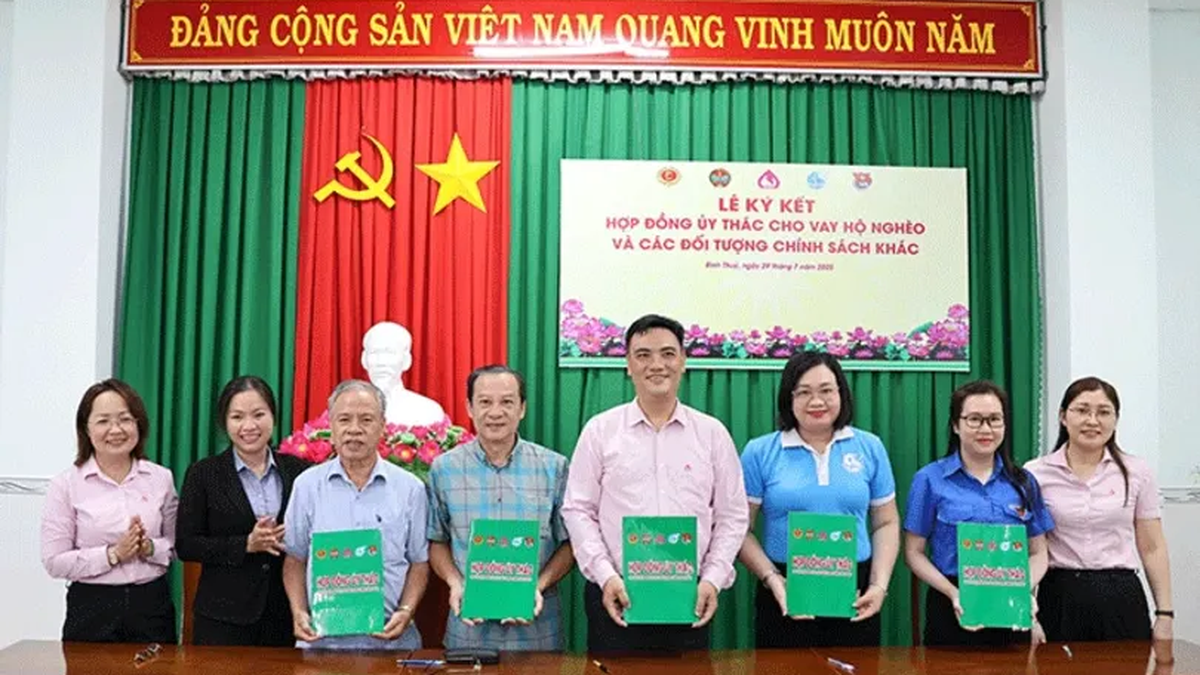

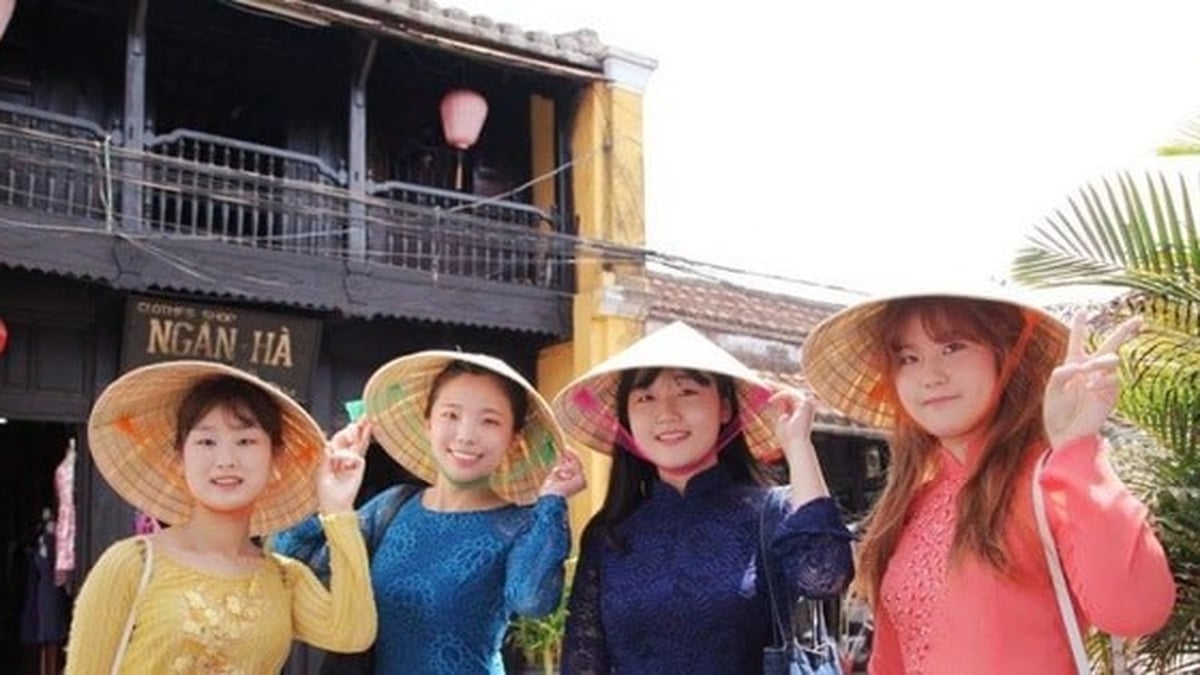

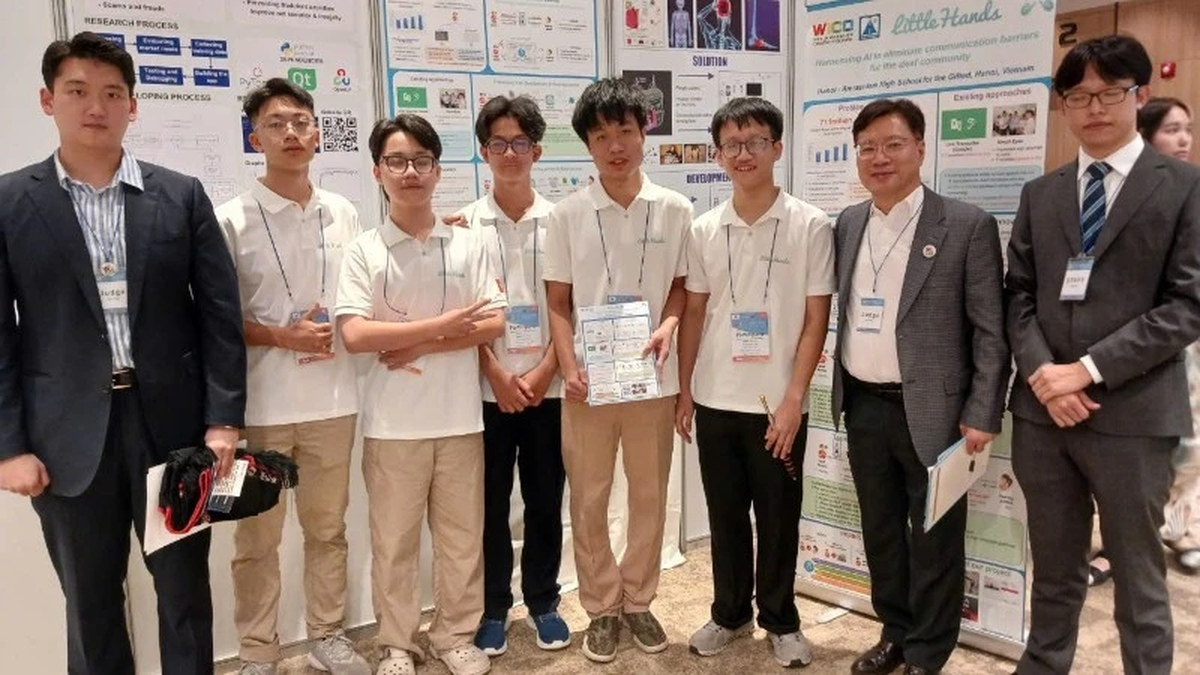
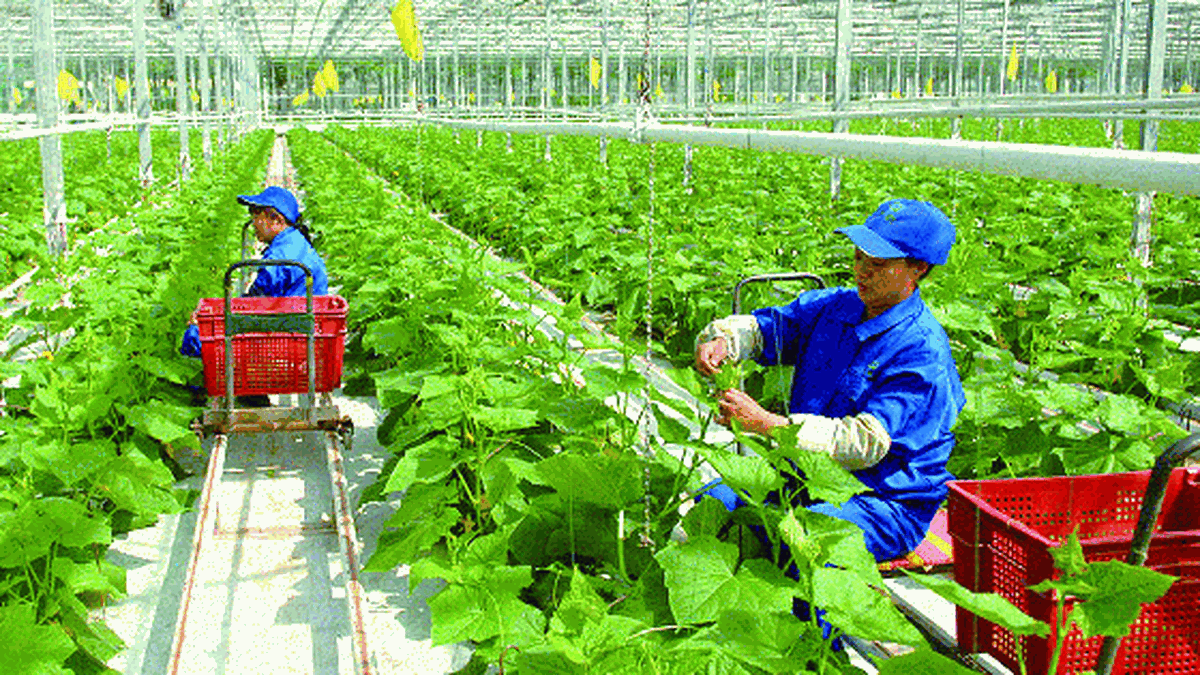










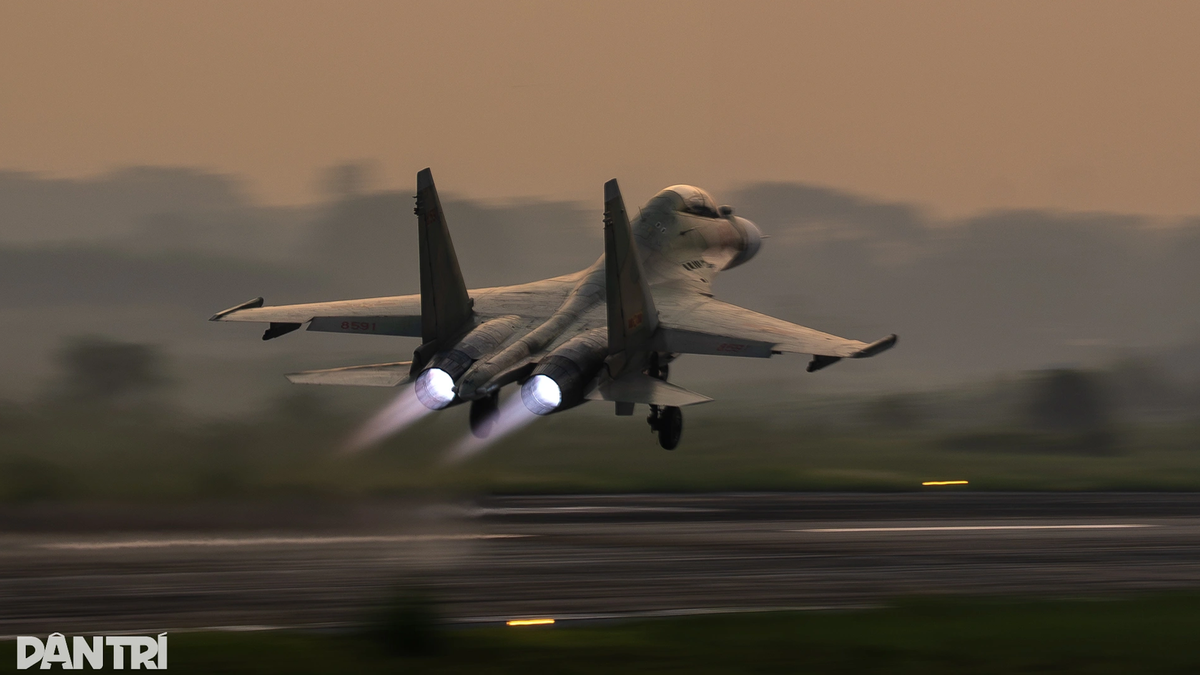
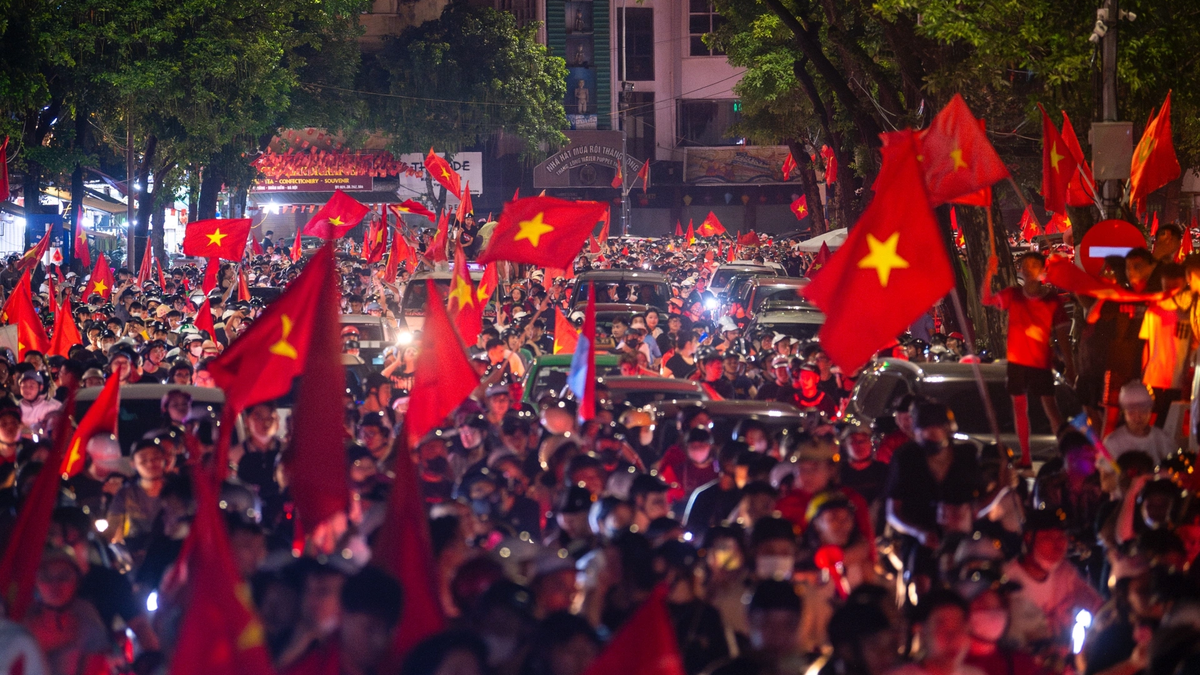


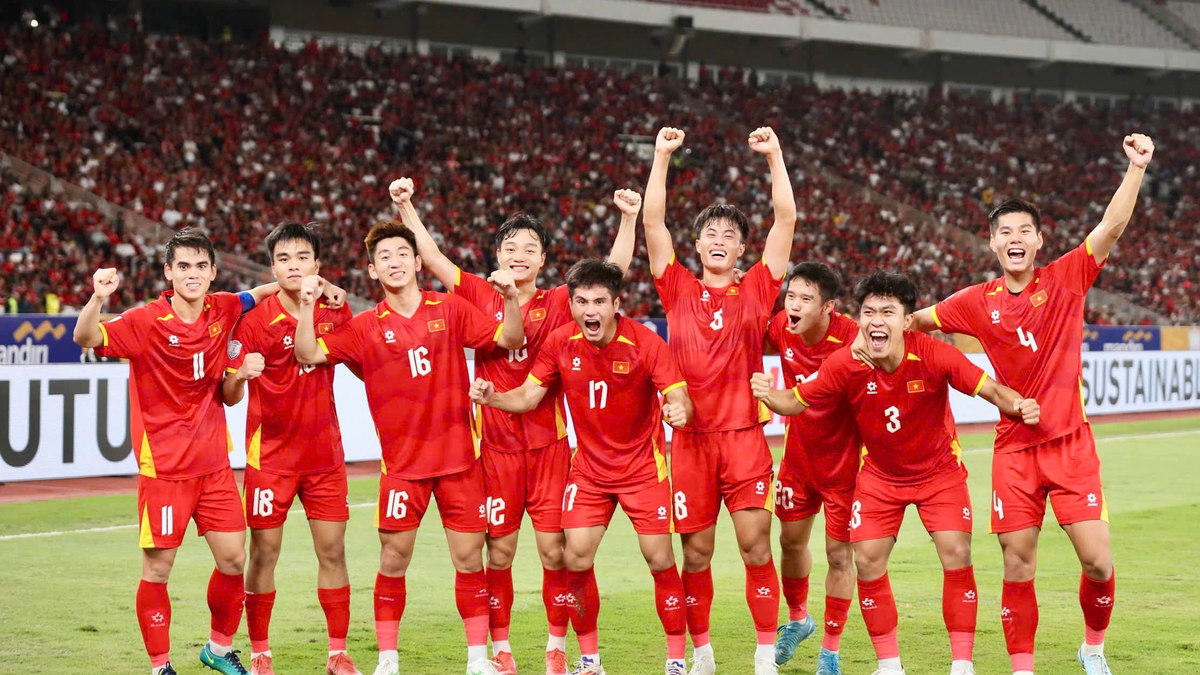


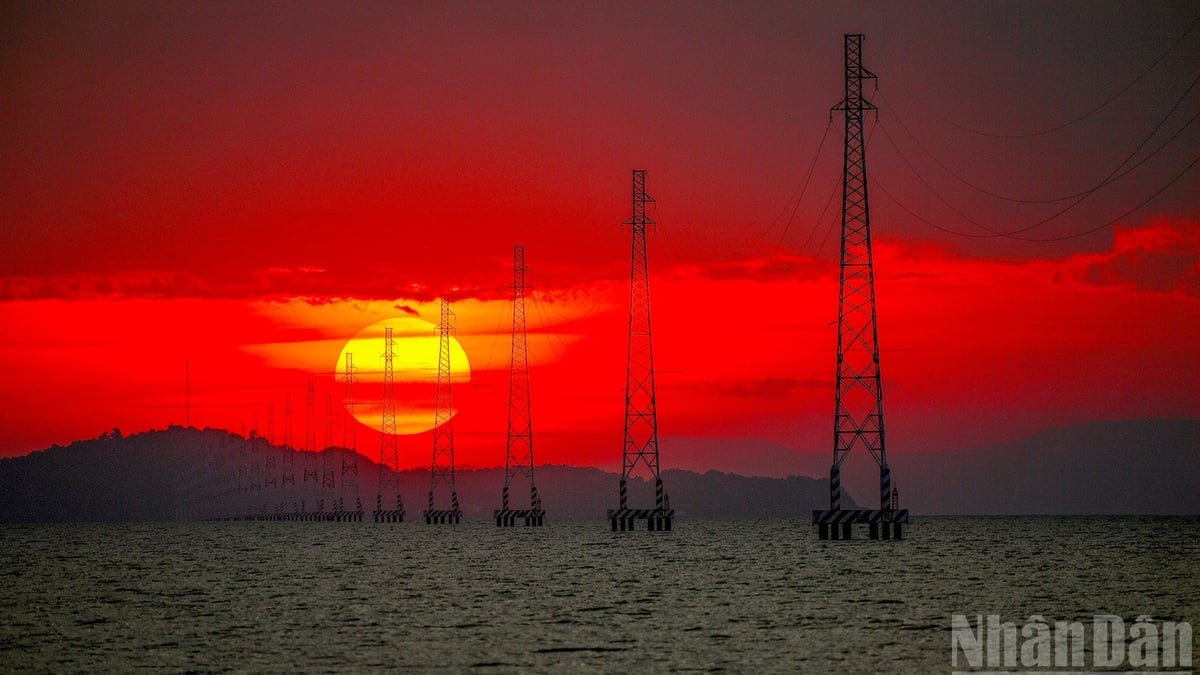

![[Photo] National Assembly Chairman attends the seminar "Building and operating an international financial center and recommendations for Vietnam"](https://vphoto.vietnam.vn/thumb/1200x675/vietnam/resource/IMAGE/2025/7/28/76393436936e457db31ec84433289f72)
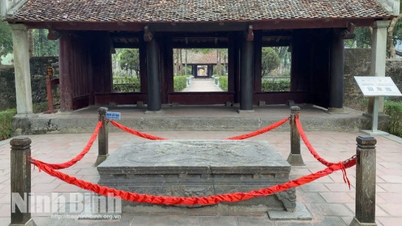

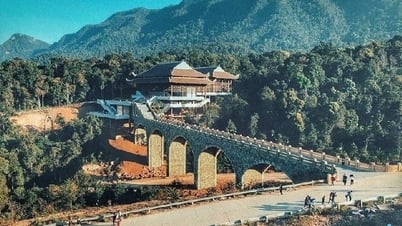
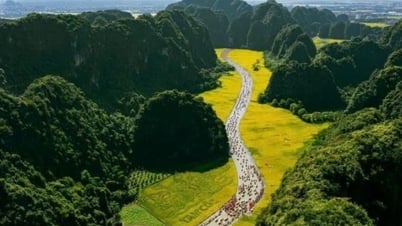

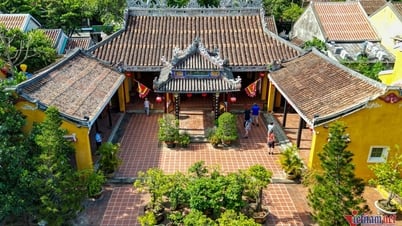

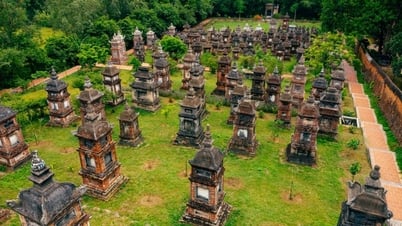

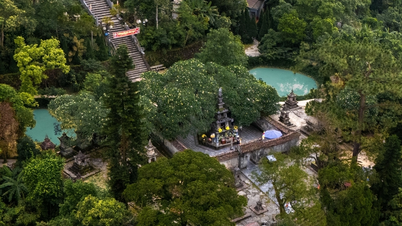

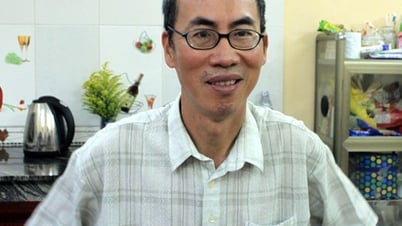

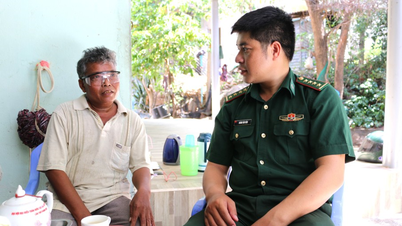

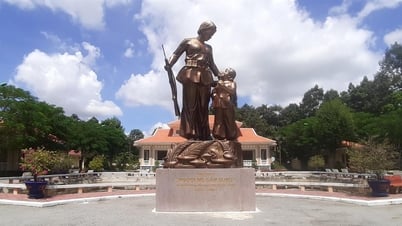
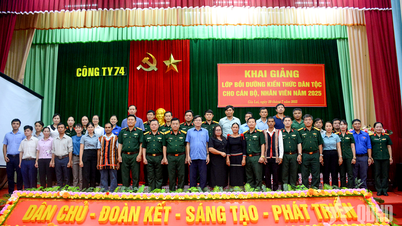


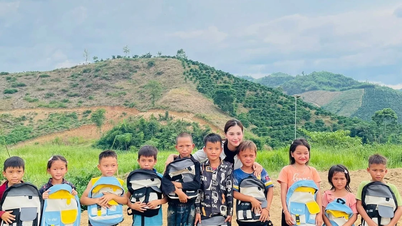

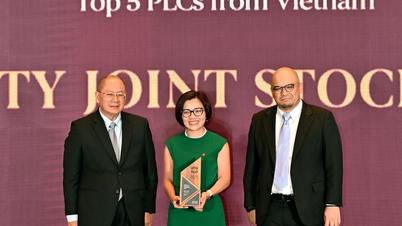


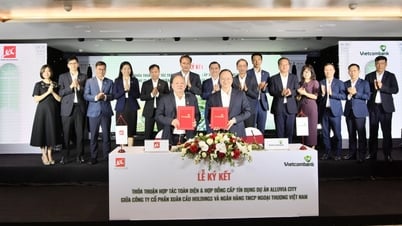





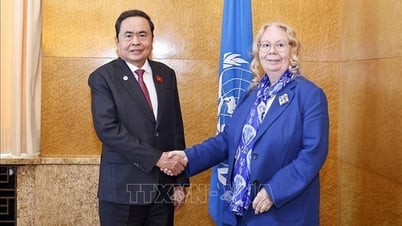

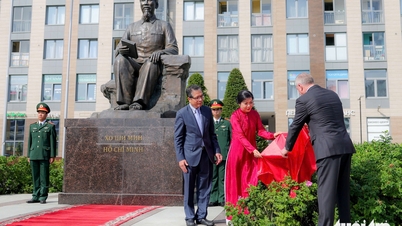

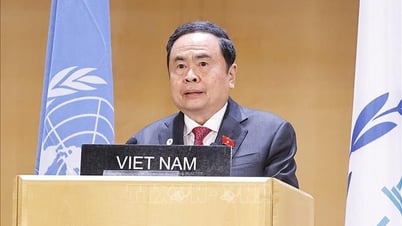
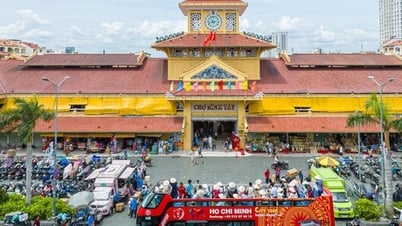


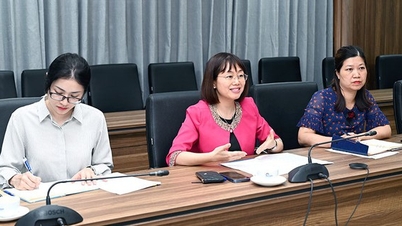
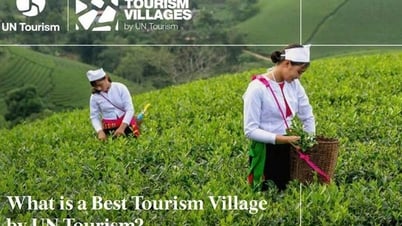
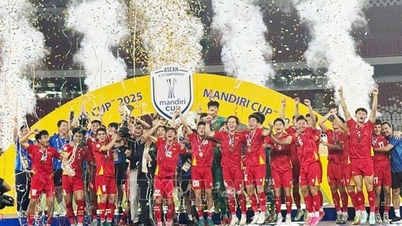












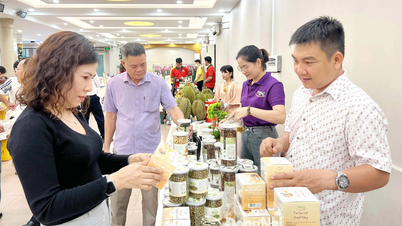

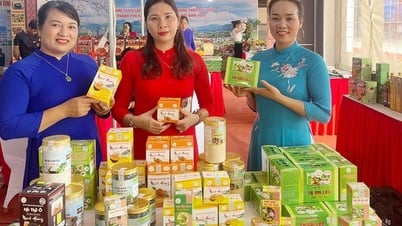







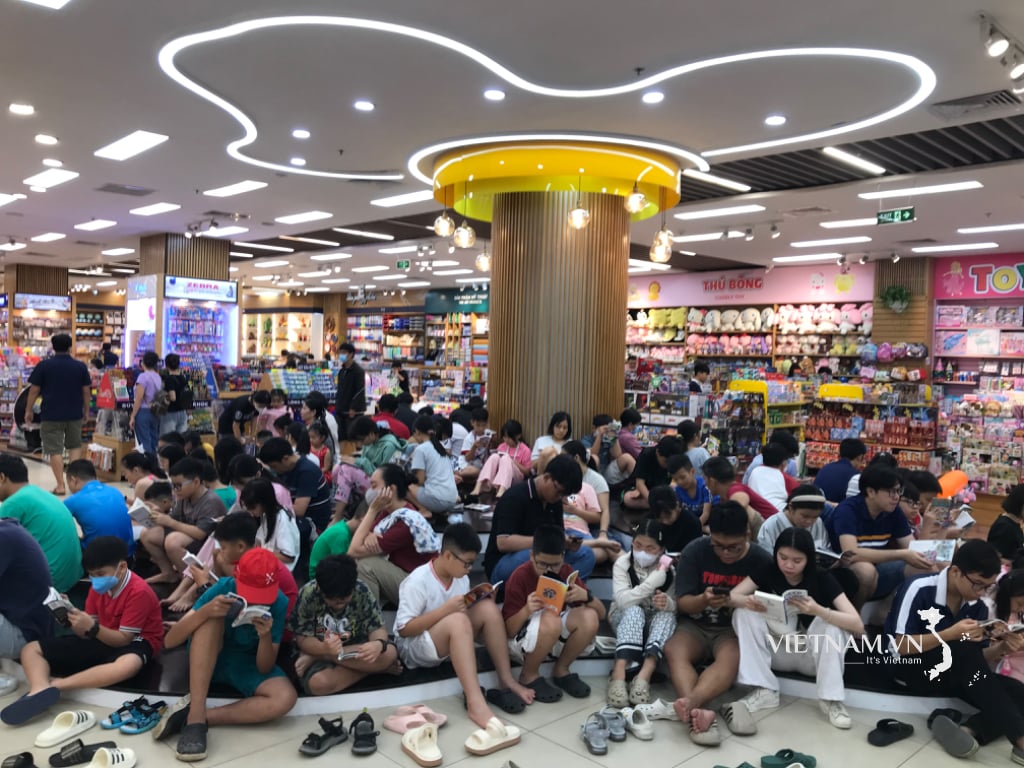
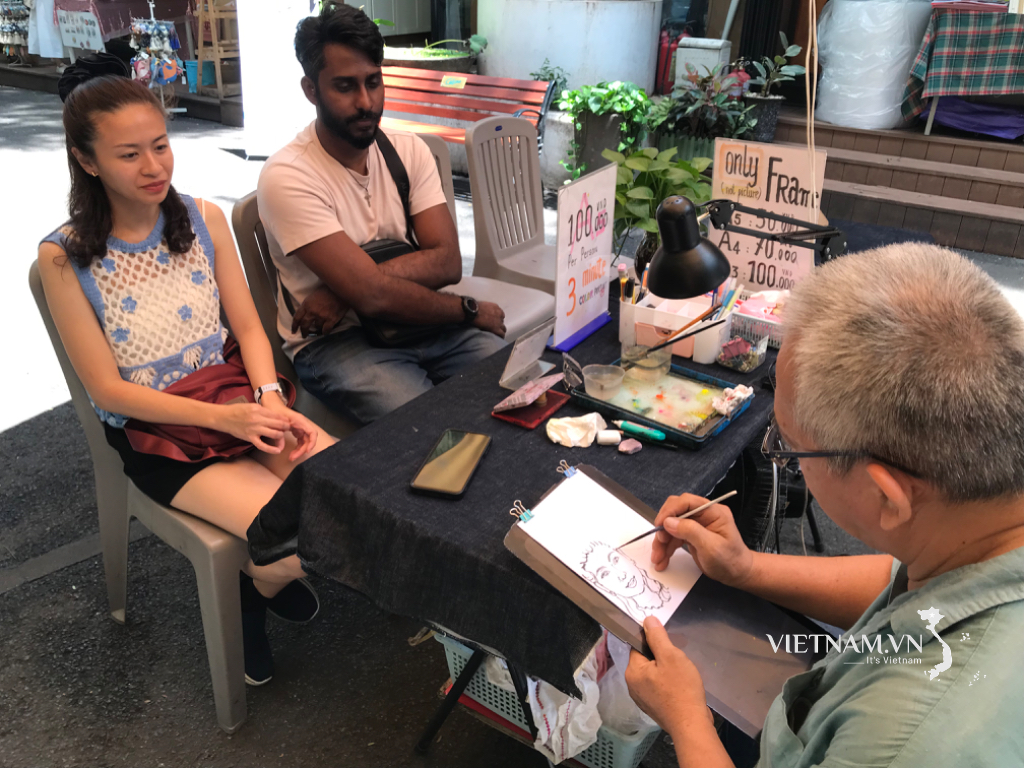
Comment (0)